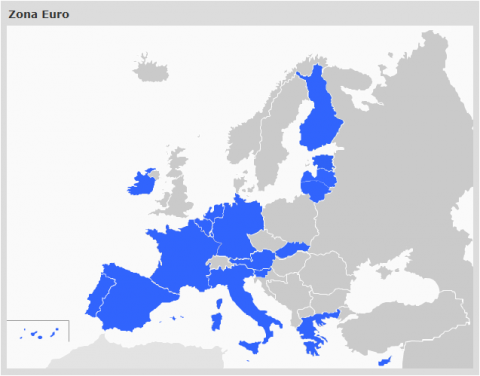Spanish, also called Castilian, is a Romance language which evolved from several dialects of Vulgar Latin that originated in the Castile region of Spain and today has hundreds of millions of native-speakers across the world. Spanish is part of the Indo-European family of languages. The Spanish language evolved from Vulgar Latin, which was brought to the Iberian Peninsula by the Romans during the Second Punic War, beginning in 210 BC.
With 329 million native speakers, Spanish ranks as the world’s language in terms of how many people speak it as their first language. It is slightly ahead of English (328 million) but far behind.
The Royal Spanish Academy (Real Academia Española), created in the 18th century, is widely considered the arbiter of standard Spanish. It produces authoritative dictionaries and grammar guides. Although its decisions do not have the force of law, they are widely followed in both Spain and Latin America
These are the countries where Spanish is spoken:
Some words can be significantly different in different Hispanophone countries. Most Spanish speakers can recognize other Spanish forms even in places where they are not commonly used, but Spaniards generally do not recognize specifically American usages.
Currency
The euro was introduced as money in Spain in 2002. The majority of the European Union members adopted this new currency to make traveling between countries easier, since the currency for Spain is the same in most EU countries. The euro is the official currency of 16 of 27 estates in Europe: Austria, Belgium, Cyprus, Finland, France, Germany, Greece, Ireland, Italy, Luxembourg, Malta, the Netherlands, Portugal, Slovakia, Slovenia, Spain and Estonia (due to join in 2011). The euro consists of 7 bank notes with values of: 500€, 200€, 100€, 50€, 20€, 10€ and 5€, and 8 coins with values of: 2€, 1€, 0.50€, 0.20€, 0.10€, 0.05€, 0.02€ and 0.01€. On the denomination side of the Spanish currency, the image is the same for all European countries, but the image on the face side of the coins is different according to which country the coin comes from.
Here is a map where you can see the countries that uses the Euro as their currency.

Spain’s currency history prior to the euro consisted of the Spanish Real, the Spanish Escudo, and the Spanish Peseta. Most of the changes in Spanish money occurred due to conceptual shifts, when certain denominations of an old Spanish currency began to be mentioned with words that would later be used to describe what would eventually become the new currency in Spain.